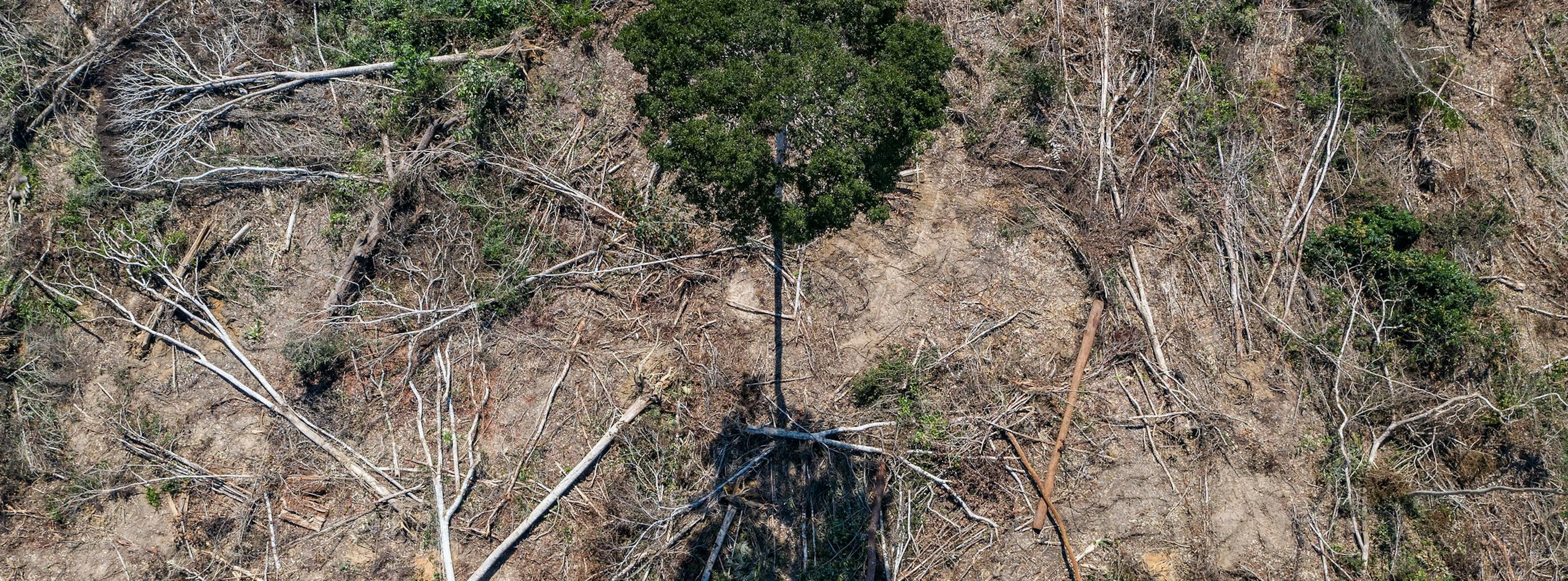COP26 must commit to eliminating deforestation
27 Oct 2021
6 min read
World leaders attending the UN climate talks in Glasgow must commit to stopping commodity-driven deforestation if they are to prevent climate catastrophe.

Brazilian soy plantation // Marizilda Cruppe